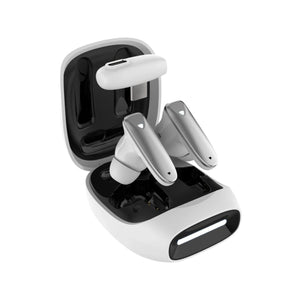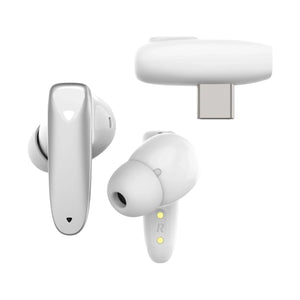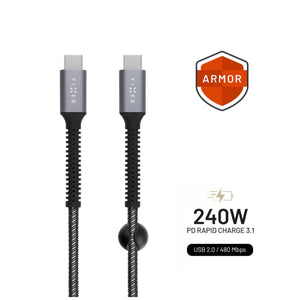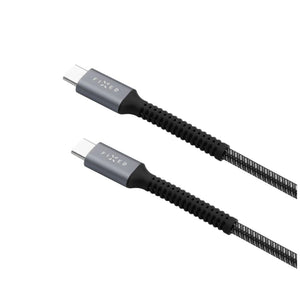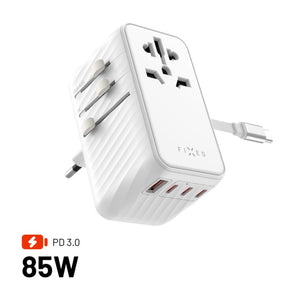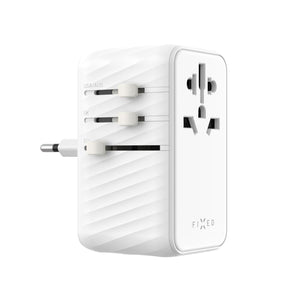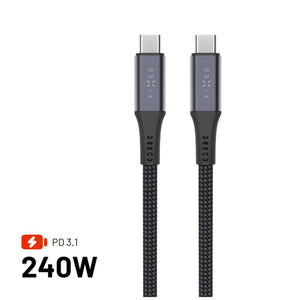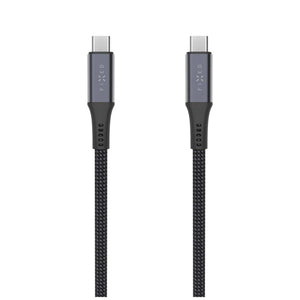The hot summer encourages spending time with friends by the water. But before you head out for water fun, don't forget to get a protective cover for your phone and other things. In the article, we will tell you how to choose the ideal bag or case for yourself or why it is necessary to distinguish between waterproof and waterproof.
For uninitiated users, the issue of protecting (not only) electronics from water can seem like strange magic. "How is it possible that I can safely submerge some devices underwater and others are damaged when they first come into contact with water?" you may have thought.
The time has come to clarify this mystery for you.

Water resistance and waterproofing are not the same thing
Before we get into the details, we need to first clarify the terms waterproof and waterproof, which are often confused. It may seem that they have the same meaning. But they don't have.
Water resistance means that the device or its packaging can withstand short-term contact with water. For example, when you are standing on the beach with a mobile phone in your hand and a friend splashes water on you for fun.
However, if the manufacturer refers to the product as waterproof , it means that it can handle long-term exposure to water, and thus you can submerge it underwater or shower with it.
However, it would not be very safe to choose a protective cover for your electronics based on just these two words, it is better to focus on more detailed parameters in the form of the degree of protection.
In the FIXED menu, you will find protective cases that will protect your mobile even when submerged to a depth of up to 5 meters. A great example is the FIXED Float cover – it turns your phone into a fearless swimmer and sinks. So you can easily take photos and film experiences in the sea or on a wild river. Protection against water is ensured by a special pressure closing system.

When choosing a package, focus on the level of protection
Even if an item is labeled as waterproof, it may not be able to withstand all the onslaught of water - for example, it can handle being in 1 meter for a few minutes, but if you submerge it deeper, there may be a problem.
That's why the so-called degree of protection is used to accurately determine water resistance or waterproofness, which you can find on products under the IPxx designation, while instead of the letter "x" you will see a specific number
The first digit indicates the degree of resistance against solid objects and dangerous touches (the higher, the better). If you are concerned with protection against water, this number may not be of much interest to you (and it is not even mentioned in a number of waterproof/waterproof products).
The second digit indicates the degree of protection against liquid ingress, and again, the higher the number, the better.
Example: If you get a case with an IPx8 degree of protection, it means that it has the second highest level of protection against liquid ingress, you can submerge it to a depth of more than 1 meter.
When choosing a waterproof or waterproof case for your phone or other things, be guided primarily by the degree of protection. Below you will find a clear table describing what the given level of protection can deal with and what it can't.
Table of degrees of protection against liquid ingress
Degree of protection What it protects against
IPx0 zero protection - the product is not waterproof or waterproof
IPx1 protection against vertical dripping water
IPx2 protection against water dripping at a 15° slope
IPx3 protection against rain
IPx4 protection against splashing water
IPx5 protection against splashing water
IPx6 protection against intense water jets
IPx7 protection when submerged to a depth of 1 meter for a maximum of 30 minutes (waterproof)
IPx8 protection when immersed to a depth greater than 1 meter (waterproof)
IPx9 protection against pressurized water (watertightness)
According to this table , the IPx7, IPx8 and IPx9 degrees meet the waterproof criteria, lower ones should be considered more waterproof.
How to choose protective cases and bags from FIXED
We also use the above degrees of protection against liquid penetration in our cases and bags. So just open the page with a specific product, look at the table with the protection levels and find out if the given level meets your needs.
For example, the Float, Float Max and Float Twin cases boast an IPx8 degree of protection, so you can safely submerge them up to 5 meters deep. The practical sports bag Dry Bag 3L with IPx6 water resistance will protect you from rain and gushing water, but also from snow and mud - it is the ideal partner for an active holiday, and since it has a volume of 3 liters, you can hide a lot of things in it.

What else is useful to know?
You already know the most important things about choosing waterproof and waterproof cases, but at the end we have a few more useful points of interest for you.
- Mobile phones themselves tend to have protection against water, most often you will come across IP67 (protection against dust, dangerous touch and immersion to a depth of 1 meter for 30 minutes) and IP68 (protection against dust, dangerous touch and immersion to a depth of more than 1 meter) ).
- The evaluation of the water resistance/water tightness of the products takes place under strict laboratory conditions.
- Even if your mobile phone is waterproof, for peace of mind we recommend using it in water with a protective case.
- With cases from FIXED, you don't have to limit yourself in any way during your summer fun by the water, you can easily take photos and record videos with them . It goes without saying that the display can be controlled via the cover.

We wish you a lot of great summer experiences not only by the water. If you have any questions, write to us in the chat here on the website, we will be happy to answer you.


